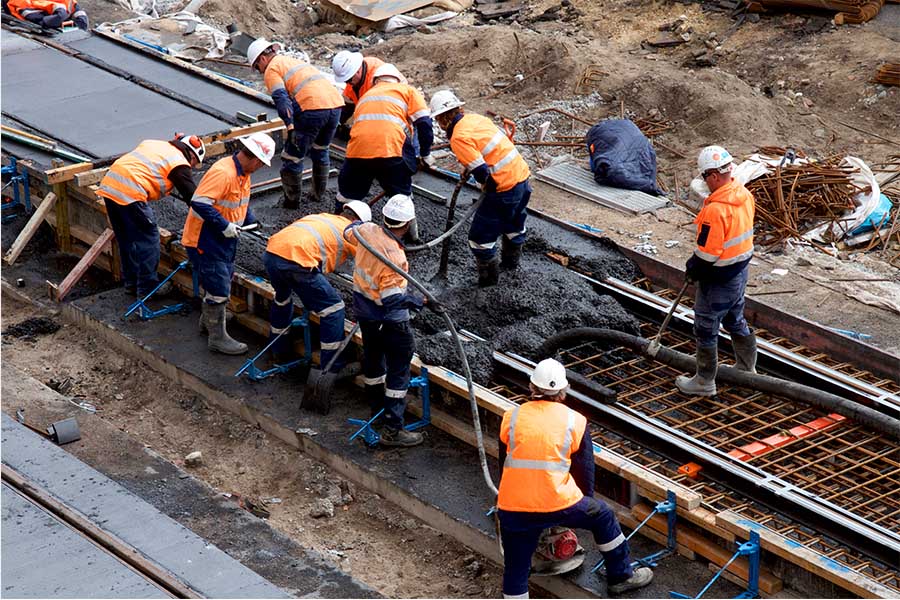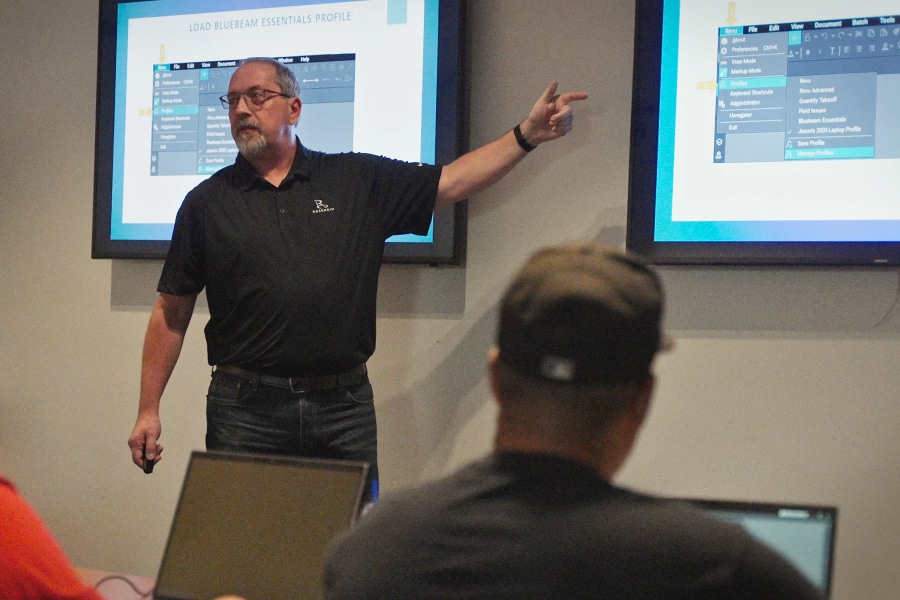In my last article, we covered the features in Bluebeam Revu that all concrete subcontractors should know. I started the piece saying I’m a firm believer that every specialty contractor could benefit from implementing Revu. To continue with this series, I want to highlight the next subcontractor on site, the framing contractor.
Let’s look again at some creative ways Bluebeam Revu is being used in the industry.
It’s the framing contractor’s turn to show off and again prove my theory that every specialty contractor could benefit from implementing Revu in their everyday workflows.
Whether you’re timber framing single-family homes, multi-family residential or steel stud commercial tenant improvement, this article applies to you. If you’re interested in seeing the more technical side of these workflows in action, check out my article.
Material Takeoffs: With the complexities of wood framing, estimating would be difficult without some degree of guesswork. Not only do we have different nominal lumber for different wall thicknesses, but we also have different products like glulam, LVL, timbers, Versa, BCI rafters and I-joists with different series, as well as CDX plywood and OSB. With all of those comes a library of sizes, shapes and thicknesses.
Do we base on averages for square footage or measure the linear footage of walls? If our material takeoffs are too low, the project is on hold waiting for supply shortages. If it’s too high, we have an owner assuming you’re hauling the lumber they paid for to the next job. Also, when material arrives, how do I know what goes where?
With the flexibility of Revu, we can build custom tools with formulas embedded to not only get the length of material needed for facia board, but that same markup could calculate the sub-facia and number of outlookers as well.
Starting with the end in mind, takeoff tools can be built to calculate several materials at the same time, like an assembly. This allows a chance to embed industry know-how and ensure materials aren’t overlooked. Obviously, you can imagine this method easily translates into the pre-construction of wall panels or modularized construction by applying mark numbers to the panel assemblies.
RELATED:
Another example is to build tools for wall framing. Again, with built-in formulas, you can trace the wall once and get the lumber count for base plate, top plate, set your stud and anchor bolt spacing, account for exterior sheathing, interior drywall and bundles of insulation. If you enter the number of corners, intersections or window edges, the formulas can add three extra studs to the wall length as well.
By setting up these tools ahead of time, the result is having highlighter tools that do the math for you. It seems like a big deal by itself; what else could there be?
Optimized Material Delivery: Are all the materials showing up in one delivery while the foundations are still being poured? Many times, especially where I am in the Midwest, roof trusses sit for weeks warping, full of mud or buried in snow, leaving the crew digging and chipping ice to break materials apart.
In Revu, those same takeoff tools can have layers built in so you can filter the list of materials and only have the basement and first cap materials delivered; a couple days later, the second level framing and cap show up. This way the roof trusses and sheathing show up when needed. This also means those hurricane clips you need to connect the roof trusses weren’t lost someplace or crushed by a truck.
Risk Management: Critical materials being lost, stolen or destroyed is a big deal when you have a crew on scaffolding ready to go. This kind of mistake sets the whole project schedule back, affecting everyone downstream. How many times have you ordered a triple 2×12 header for a specific opening to find they were chopped up for headers on several smaller windows on the other side of the jobsite?
The takeoff drawings have clearly established header sizes and locations. The framing crew can look at the markups and know exactly what material sizes were accounted for at each opening. Allowing drawings to live further into the project lifecycle can reduce errors and costly last-minute material orders and delivery.
Aside from the reasons I’ve listed, there is one more thing I want to make sure you noticed: in all of these examples, we never left Revu.
We started with good quality material takeoff tools, ensuring we get a more accurate cut list. The by-product of our takeoff, with no additional effort, resulted in automated smart deliveries, increased the accurate use of materials and reduced risk of wasting time and materials. That’s the powerful combination of well-thought-out tools and best-in-class software that promotes flexibility.

Troy DeGroot
Troy DeGroot is a Bluebeam certified consultant, Bluebeam certified instructor and implementation specialist. Troy works with project managers, BIM/VDC managers and CEO/CIOs to increase productivity, predictability and maximize software adoption.












